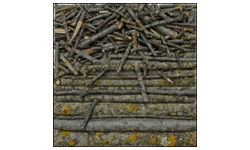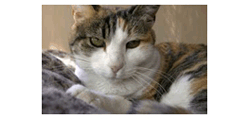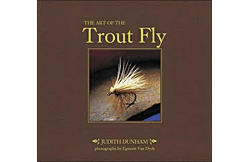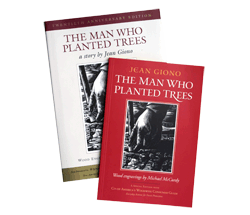The evening had been spent studying all three canvases when I decided to see how many different words I could come up with to describe not only the creative process but also the visual interpretation of creating a distressed surface that would be part of an intended painting. By the time I seemed to have exhausted all my possibilities, I noticed a number of words conveyed an element of rationalizing the intellectual elements of such a painting, including a handful reflecting my own mythology.
Untitled — in progress
Newsprint on canvas, 20 x 20” (50.80 x 50.80 cm)
Stage 2, layer four-five of newsprint before sanding
The words are in the order as I wrote them down on a piece of paper and though a few may seem redundant or have too much similarity with another word or phrase, each line represents an idea, a thought and as such should not be dismissed.
Textural environment
Remnants
Recasting found ephemeral
Decay
Timeless iconic treasures
Intimate
Time weathered environment
Recycling- reinventing reality
Evolution
Random
Exposed to natural elements
Deconstructive- reassembled
Synthesis
Dynamic syntax
Emotionally driven on a visual and intellectual level
Reinterpreting
Ambiguous metaphors
Metamorphosis
Juxtapositions is instinctual
Playground
Iconography
A conversation with memory
Fertile landscape
Authenticity
Reexamining fundamental social mythology
Organic qualities
Paradigm
Journey
Vernacular
Social and environmental consciousness
Cultural heritage
Concealment
Believability
Day-to-day observations
Obliterate subtle chances
Aesthetics
Manipulation
Ornate tapestry
Eloquently
Dissolve
Topography of landscape
Multitude of experiences
Influential encounters
Pilfered assemblage
Intuitive limitations
Repurposed
Collaboration of materials
Paradoxical
Alchemy
Story telling
Cross-pollination
Found objects
Esoteric assemblage
Artistic carnage
Worn, tattered debris
Untitled — in progress
Newsprint on canvas, 16 x 16” (40.64 x 40.64 cm)
Stage 2, layer four of newsprint before sanding
My two favorites from the list are ‘pilfered assemblage’ and ‘artistic carnage’; the first describes the general collection process like removing bits and pieces from telephone poles in Berkeley for when I created ‘Orderly Confusion’ to ‘Pangaea’, material gathered from billboards and eight foot walls around a construction site in San Francisco after a rain, while ‘artistic carnage’ reflects the destructive and assemblage nature of this style of art. The word symbiosis cannot be defined as having absolute meaning simple because each painting or artwork that makes use of the destructive and assemblage defines its own meaning of symbiosis.
Untitled — in progress
Newsprint on canvas, 12 x 12” (30.48 x 30.48 cm)
Stage 2, layers four-five of newsprint before sanding
Some of the other words like ‘tapestry’ reflect the process weaving of the various pieces of material into a ‘topographical landscape’ that is based upon a ‘multitude of experiences’ and these ‘influential encounters’ are entrusted into the hands of the artist. Who like the ‘alchemist’ of the Middle Ages performs ‘cross-pollination’ in the hope of achieving ‘believability’ while understanding his own ‘intuitive limitations’.
It is a ‘journey’ through a ‘fertile landscape’ of the ‘vernacular’ that continues to undergo a ’random’ ‘evolution’; ‘recycling- reinventing reality’ with each new work of art. In the end, it is ‘manipulating our ‘cultural heritage’ by ‘reexamining [the] fundamental social mythology’ until a new ‘dynamic syntax’ becomes the new ‘authenticity’.
In part three we will see stage two having been distressed and I will detail further my thoughts on each canvas and what I might be planning next, as I carefully thread forward exploring my own potential and overcoming doubt by chipping away at the limitations of fear that I have imposed upon myself.




























